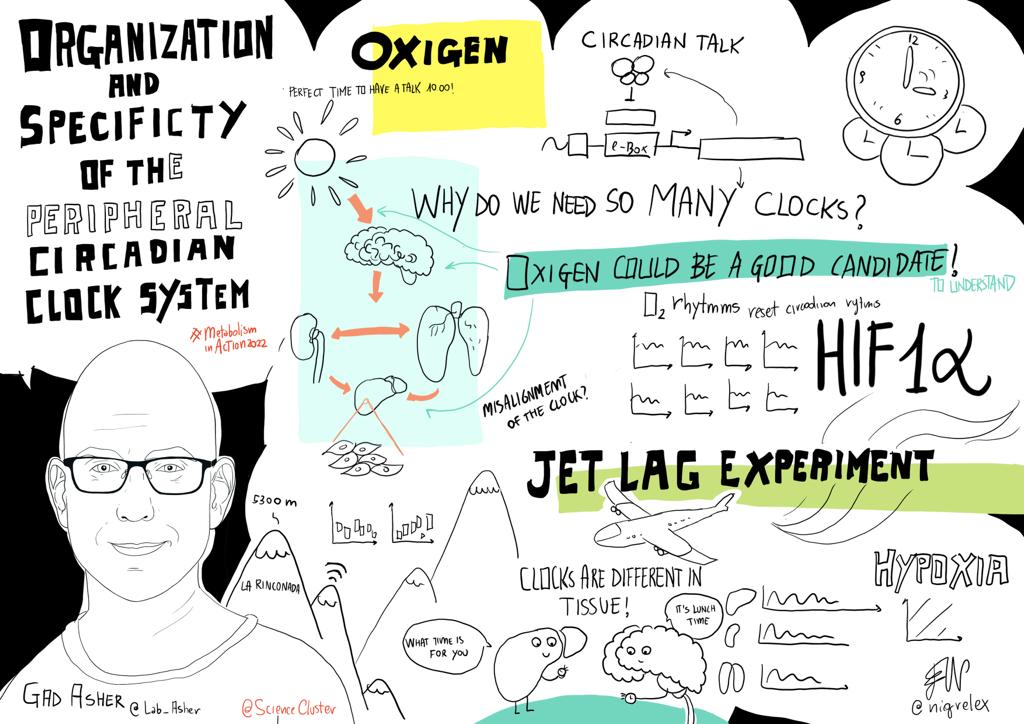
We demonstrated that low-amplitude oxygen cycles, which mimic the daily physiological cycles in oxygen levels observed in rodents, can reset the clock in a HIF-1a-dependent manner (Adamovich et al., Cell Metabolism 2017). Subsequently, we showed that oxygen and carbon dioxide rhythms are circadian clock controlled and differentially directed by behavioral signals (Adamovich et al., Cell Metabolism 2019). More recently we found that hypoxic conditions, as occur in sleep apnea, elicit circadian misalignment between clocks in different peripheral organs (Manella et al., P.N.A.S. 2020). We continue our venture to study the cross-talk between oxygen and circadian clocks at different levels.
How does chronic exposure to hypoxia, as occurs with people living at high altitude, affects the human clock? (Traveling to the highest city in the world, La-Rinconada, Peru; see Expedition 5,300, Manella et al., Cell Reports 2022) How oxygen is connected to exercise performance and is there a time preference for high altitude training? (Tripartite model for performance: Clocks, oxygen, and exercise) How does HIF-1a endogenously integrate with circadian clock complexes during the circadian cycle? How do HIF-1a and BMAL1 regulate rhythmic transcriptome?


